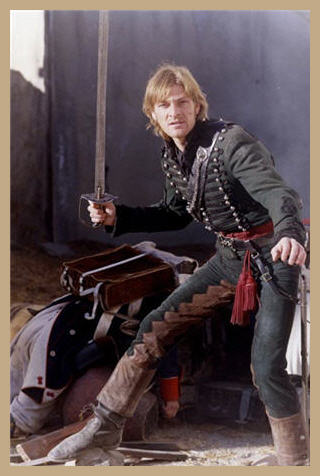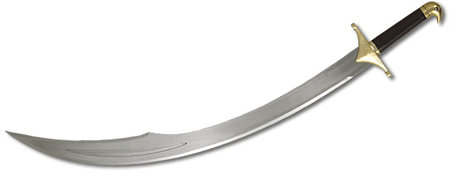The shinai has a string that runs along its length. That is meant to simulate the upper (non cutting edge) of the sword, so you must always keep the sword pointed in the correct direction to make cuts. For kata, you use a bokken, which does have the correct shape (and is heavier). For iaido (drawing and cutting), you need to use a more accurate version of a katana.
In kendo, only 4 cuts count: the top of the head, the wrist, and the side are all cuts. The throat is a thrust. You can see all of these demonstrated in the 1st kihon waza, but the receiver steps back to avoid being stabbed in the throat.
Here is the 'stabbing in the throat' waza with a shinai and armor on:
In kendo, only 4 cuts count: the top of the head, the wrist, and the side are all cuts. The throat is a thrust. You can see all of these demonstrated in the 1st kihon waza, but the receiver steps back to avoid being stabbed in the throat.
Here is the 'stabbing in the throat' waza with a shinai and armor on:







